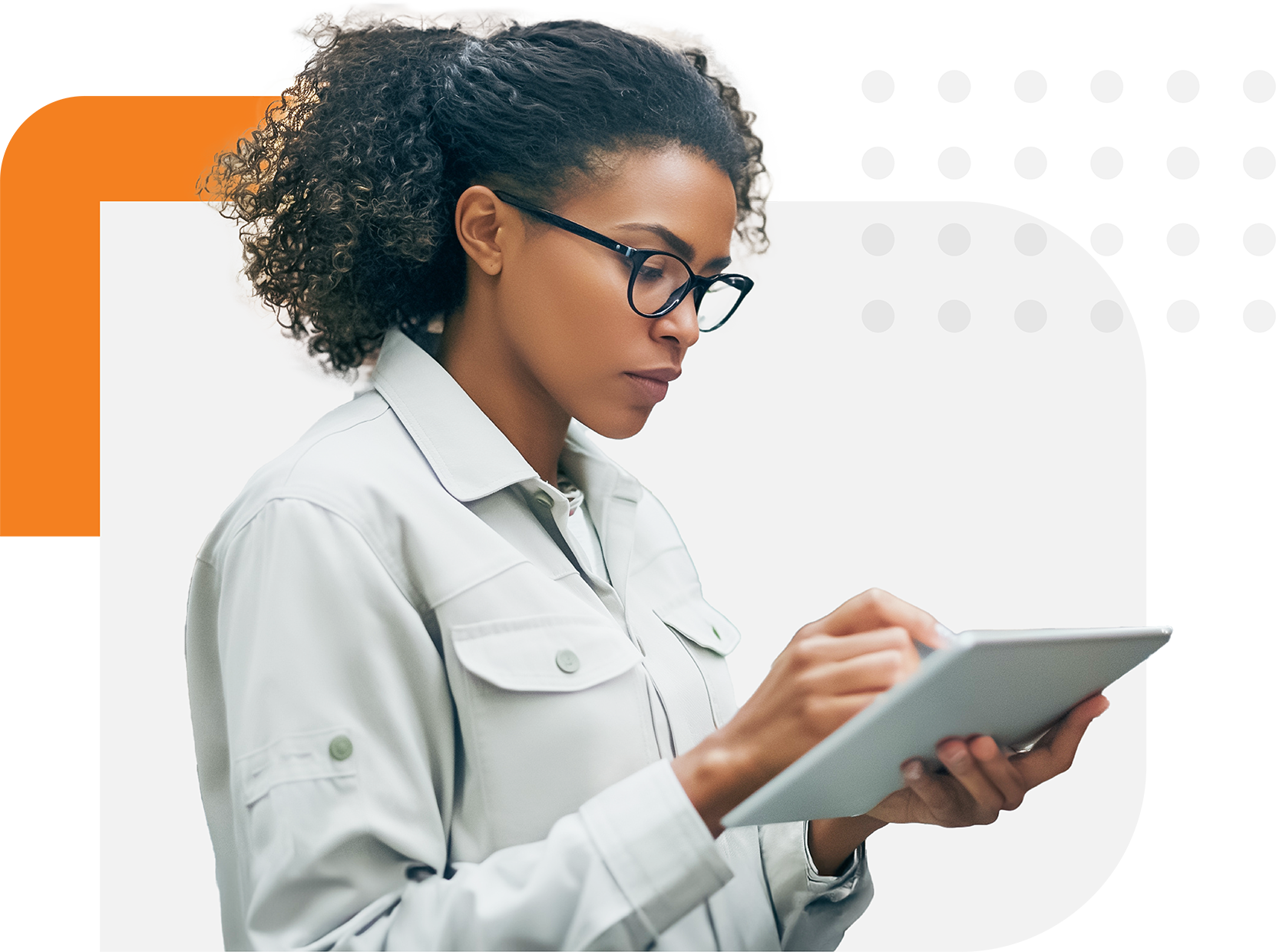Once seen as a niche market, Direct-to-Consumer (DTC) ecommerce is proving its worth across an ever-wider range of product categories, with an astounding sales projection of $212.9 billion for this year, according to eMarketer’s forecast, up from $182.6 billion last year.
More than 67% of the brands, retailers, and 3PL companies we surveyed have increased their investments in DTC fulfillment over the past 3 years, with 14% making “significant increases,” according to our new DTC market survey of 300+ commerce and supply chain leaders.
Get the Full Report:
The North American Direct-to-Consumer Market
The report shows that DTC channels will contribute more than half of overall sales by 2026! Let’s take a look at how you can adapt your fulfillment operations for the booming DTC market, including challenges to anticipate and requirements for success:
Keen to reinvent their businesses for this boom, businesses realize that now is the time to reap the benefits of a DTC offering.
Namely, brands are locking in DTC ecommerce as a method to extend their reach and create customer “stickiness” through flexible and speedy fulfillment options, order accuracy, personalization, and other offerings that connect with today’s shifting consumer beliefs.
A large part of that is having order management systems that can guide sustainable delivery and sourcing practices. For example, some tools help you quickly identify how to consolidate delivery trips or draw on nearshore suppliers when necessary.
These order management technologies not only reduce the impact on the environment but can also help you save big on shipping and labor.
But like all good things, DTC ecommerce has its challenges
Emerging trends like DTC ecommerce present logistical inventory challenges and inflated costs for businesses that try to retrofit old fulfillment technologies that weren’t built to manage the complexities of it all.
New strategies and technologies that introduce next-level flexibility and efficiency are table stakes to capitalizing on DTC ecommerce opportunities without huge fiscal implications, including:
- Poor warehouse productivity and higher labor costs
- Slow, missing, and incorrect data that kills the customer experience (along with sales and the bottom line)
- Integration problems with existing infrastructures including brick-and-mortar retail operations
- Barriers to rolling out new offerings quickly – particularly as products, channels, and unique services are needed
What’s required for DTC ecommerce success?
High-growth brands like Dermalogica have found modern order management software crucial to unraveling barriers to success.
Scalable DTC ecommerce order management solutions unlock fast value through operational efficiencies; smooth technology upgrades and software integrations with existing selling models; and total control over the customer experience.
Is your warehouse management or order fulfillment process ready for the current and future state of Direct-to-Consumer? Explore quick-win technologies needed to level up your DTC ecommerce strategy:

